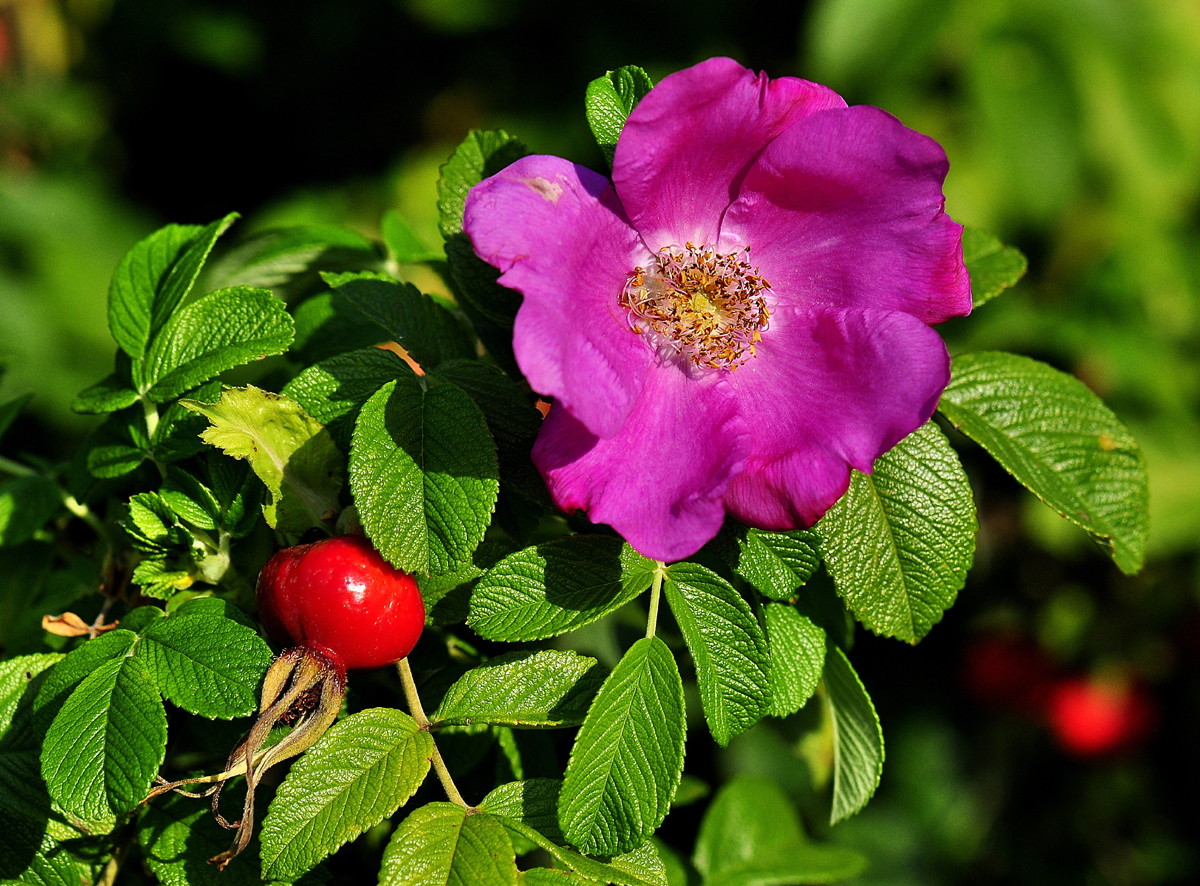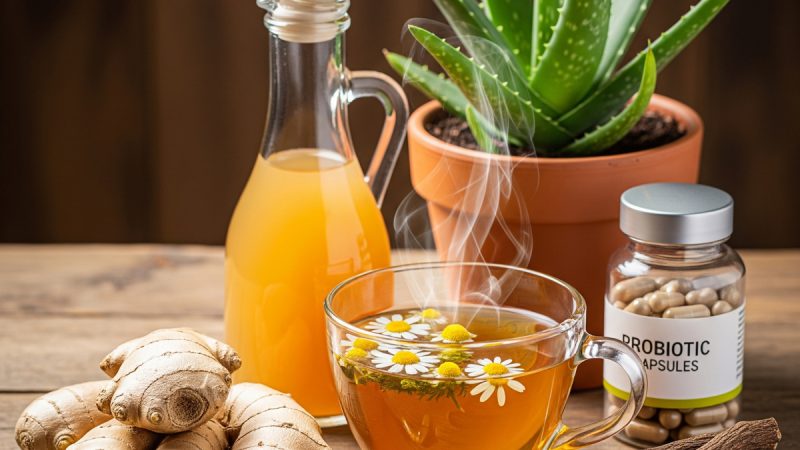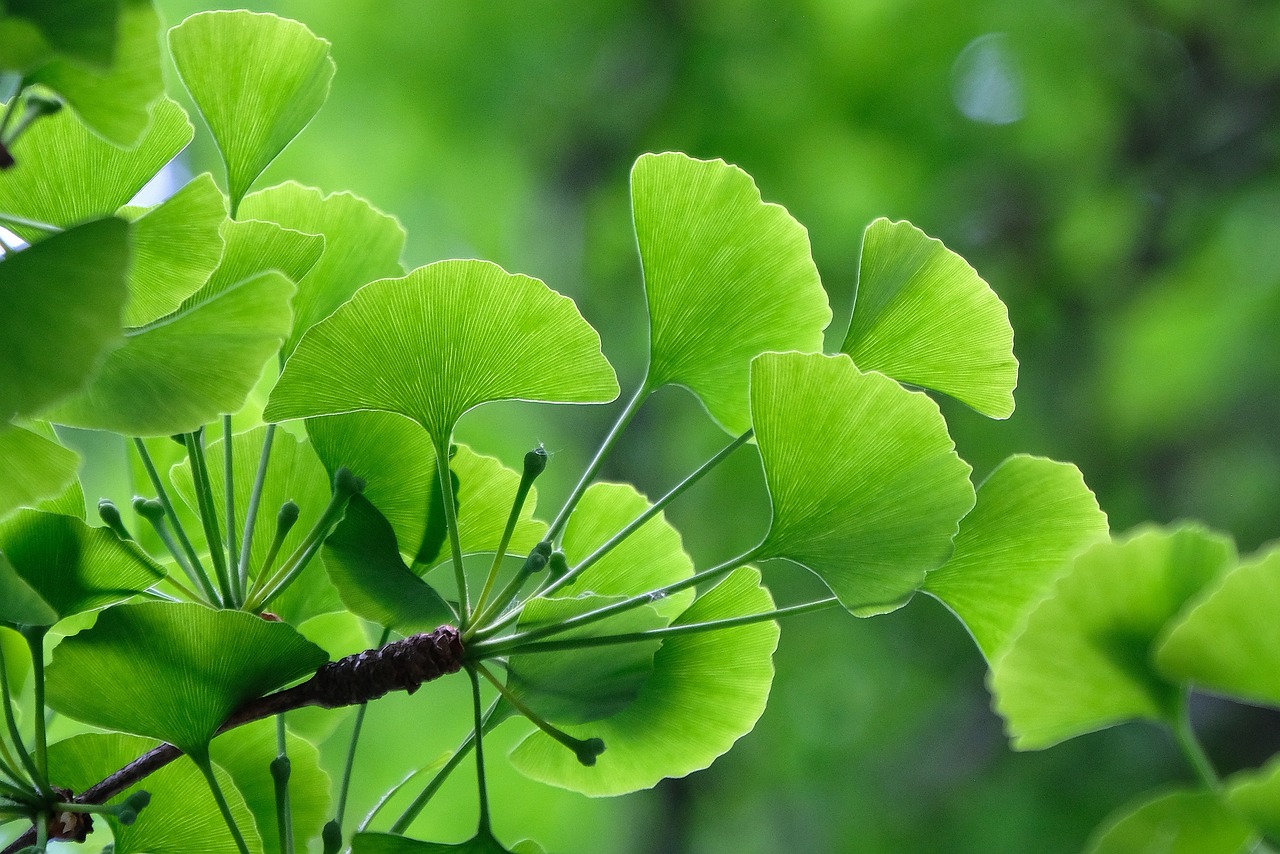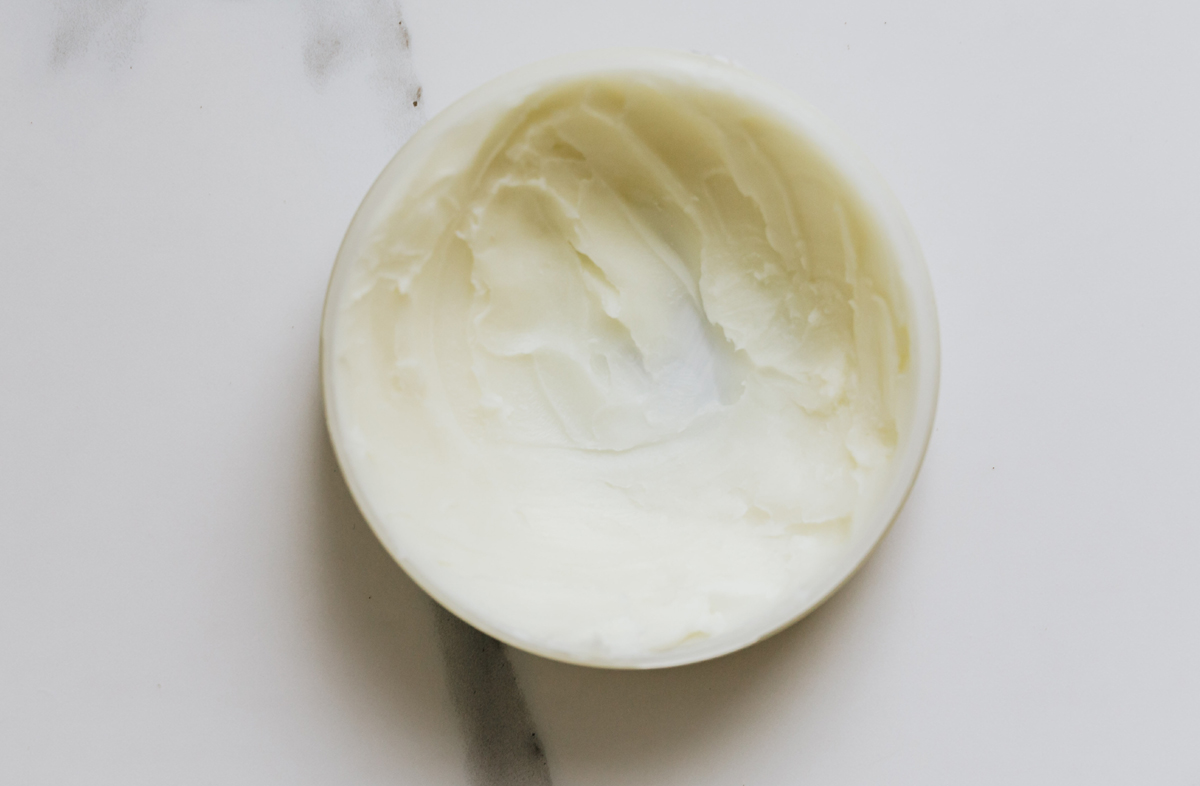The Uses and History of Rose Hips

If anyone were to ask me what my favorite flower is, I would have to say roses, hands down. If prodded, I’d have to admit that some of the reason I like them is that they are useful in herbal medicine.
The ancient Chinese, Persians, Romans and Greeks all appreciated the benefits of the fruit, sometimes called a hip or a haw. It was used for the bites of rabid dogs, stomach complaints, menstrual problems and diarrhea.
The British kept this fruit in its pharmacopeia well into the 1930s. In fact, during World War II, the hips were carefully gathered and made into a syrup for the troops. The reason? Rose hips contain a great quantity of Vitamin C. Because citrus fruits were unavailable, the syrup was made to prevent scurvy, a deficiency disease caused by the lack of C.
That’s not the only thing they can be used for. The fruit is high in iron as well, making it beneficial for people who need extra resources. Women of childbearing years find it an excellent source of that important mineral.
There are a lot of flavanoids as well. This is important for two reasons. The first is that Vitamin C works best in the body when paired with these plant compounds. The second is that they are high in antioxidants, and can help the body rid itself of impurities.
Rose hips are also used in cooking. Jelly, jam soup and oils are produced and have a very pleasant taste. They are related to the apple family and the flavor is not all that dissimilar. They are often found in commercially prepared herbal teas, for color, flavor and the health benefits.
If you have a rosebush in your garden, watch the development of this fruit. After the petals fall off, a green ball will be in their place. As they ripen, they will probably turn red, but there are other colors of the fruit. Shades of orange, purple and black can occur as well.
The Author:
Mary Bodel, MH has been a master herbalist since 2004 although my training began long before I reached that level. I believe that health encompasses more than taking care of our bodies. It involves everything from what we eat to what we read. It involves our spirit as well as our body.








